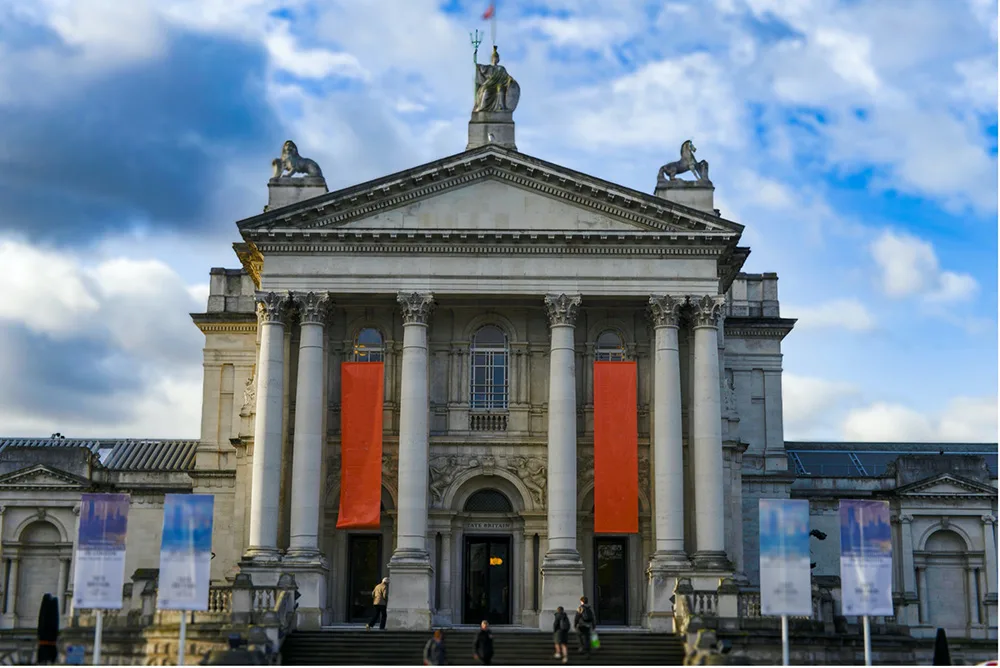PTSG is privileged to work on some of the UK’s most outstanding and iconic buildings. From historic castles and monuments to cutting-edge skyscrapers, we are proud to play our part in ensuring they are safe and protected, clean and operationally efficient.
Tate Britain, known from 1897 to 1932 as the National Gallery of British Art and from 1932 to 2000 as the Tate Gallery, is an art museum on Millbank in the City of Westminster in London, England. It is part of the Tate network of galleries in England, with Tate Modern, Tate Liverpool and Tate St Ives.
The gallery is on the site of the former Millbank Prison. Construction, undertaken by Higgs and Hill, commenced in 1893, and the gallery opened on 21 July 1897 as the National Gallery of British Art. However, from the start it was commonly known as the Tate Gallery, after its founder Sir Henry Tate, and in 1932
it officially adopted that name. Before 2000, the gallery housed and displayed both British and modern collections, but the launch of Tate Modern saw Tate’s modern collections move there, while the old Millbank gallery became dedicated to the display of historical and contemporary British art. As a consequence, it was renamed Tate Britain in March 2000.
In a recent contract, engineers from PTSG Access & Safety Ltd will undertake the testing and inspection of Mansafe installations on the building’s façade at high level. Mansafe systems comprising stainless steel wire rope, posts and fixings provide users with an approved, tested and inspected method of safe access/work. These systems can be horizontal, vertical and overhead. They are part of a comprehensive portfolio of fall protection systems that PTSG installs, tests and inspects and maintains to keep clients compliant with regulations.



